How to Ride a Bike After Dark: 8 Best Night Cycling Tips
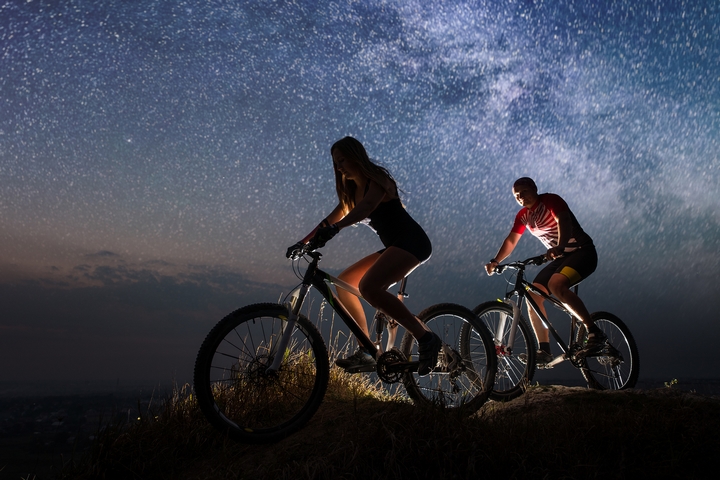
There is a certain thrill when you climb onto a bike and start cycling around the city. Whether you are pushing against the current of the wind or simply riding for exercise, cycling is an excellent mode of transport. In recent years, more and more people have opted for bicycles as their primary transportation. The popularity is due to the prevalence and convenience of bike sharing systems implemented in the cities around the world.
Depending on the time of day, you’ll have to take certain precautions when riding a bike due to your changing environment. This is especially true if you plan to do a lot of night cycling. The reduction of visibility, due to daylight no longer being a factor, will affect your chosen route. As a result, there are a number of factors and equipment to consider if you want to stay safe while night cycling.
If you will do a lot of night cycling during your day-to-day commute, make sure you implement these eight safety tips into your routine:
Tip #1: Plan your night cycling route
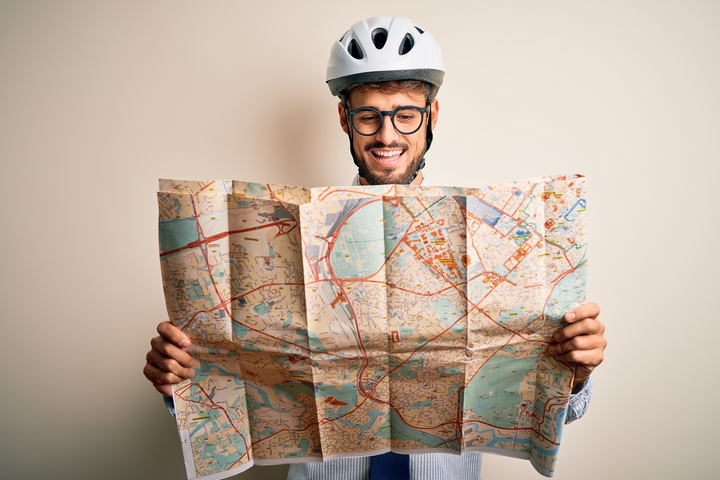
Planning ahead is a benefit for pretty much everything in life. When it comes to night cycling in particular, this is especially important. Your night cycling route may appear to be the same as it was during the day, but varying factors may still affect it.
For example, there may be pedestrians using the route to take notice of when riding. If traversing multiple intersections, you’ll have to make sure you are visible to drivers. Poorly structured roads should be avoided, and, ideally, your nighttime route should be relatively close to home. You can never be too certain in avoiding emergencies, especially at night!
Tip #2: Inspect your bike thoroughly
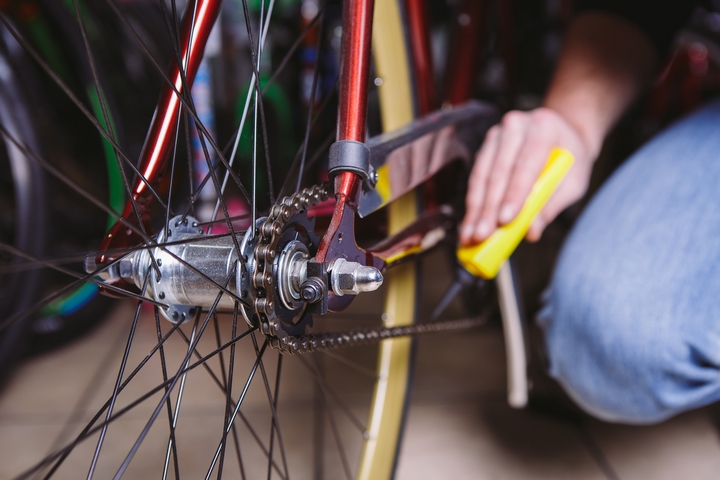
Daily examination of your bike’s mechanical setup is mandatory, but this is definitely required prior to night cycling. Most things in life do not go according to plan, so making sure you are prepared to deal with a potential crisis is critical.
You most likely will not want to be dealing with a mechanical failure in the dark. That is why, before you start pedalling, you should ensure the bike is in a proper, working order. Take a look at the wheels and gears when inspecting the bike. That way, you won’t have to worry about it falling apart during a nighttime ride!
Tip #3: Check the lighting in your bike
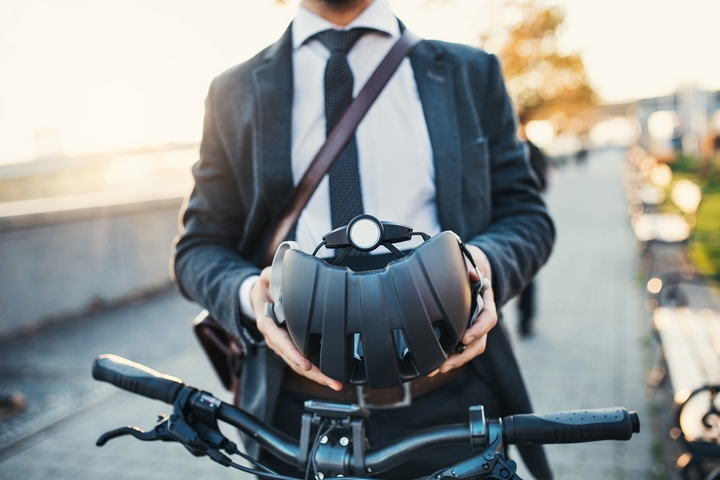
Visibility is an important feature for virtually any type of night cycling. Since the risk for potential injury increases during a nighttime ride, adequate lighting is paramount. Thankfully, there are numerous options to choose from, to make your riding as safe as it can be.
For starters, LED lights are the best choices to invest in. They are rather inexpensive, and have an excellent shelf life to boot. Good lighting shields you from all types of road hazards, so make sure the bike is retrofitted accordingly.
Tip #4: Wear reflective clothing when night cycling
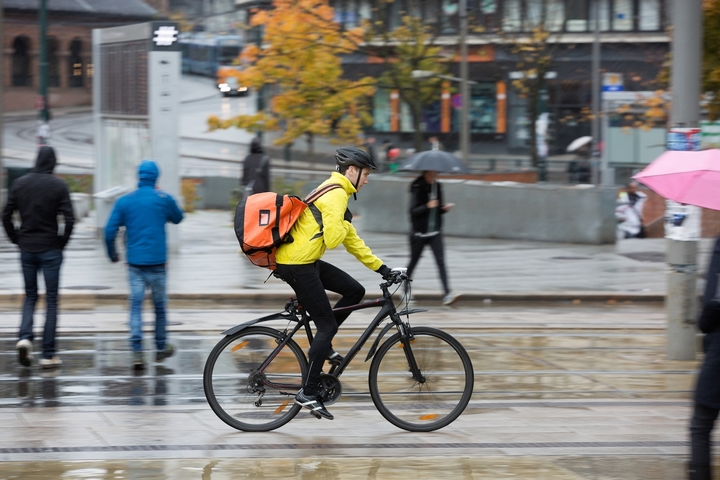
To maximize your chances of being seen while night cycling, reflective apparel will be needed. Working in conjunction with good lighting, reflective clothing allows you to ride safely, no matter what route you take.
The material used in reflective clothing bolsters the visibility in your presence while on the road. The contrast between darkness and the reflection of light that emanates from these types of clothing ensures you are seen, no matter the distance. As a bonus, many brands are comfortable for long rides, so you won’t feel hindered while wearing them.
Tip #5: Consider cycling eyewear
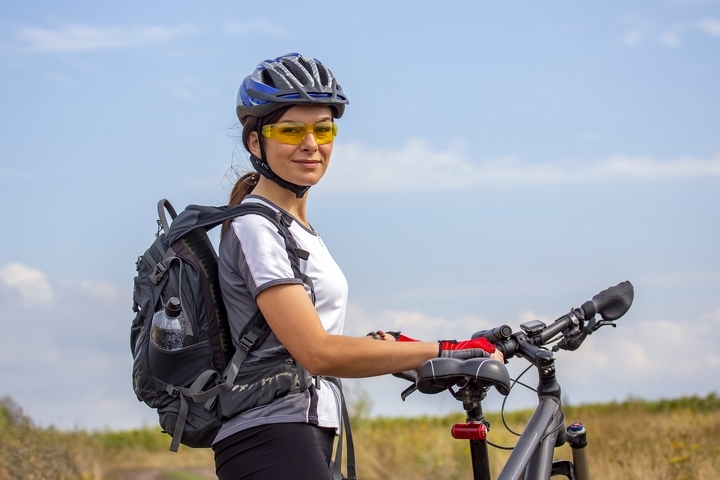
Depending on the effort you plan on exerting during your night cycling, you might want to grab a pair of cycling glasses. Generally speaking, cooler winds, as well as the potential for dust and debris to accumulate, will pick up during the night.
Having the right cycling glasses on will protect your eyes at all times. Your vision is pivotal during the night, so ensure it is protected!
Tip #6: Follow the cycling laws
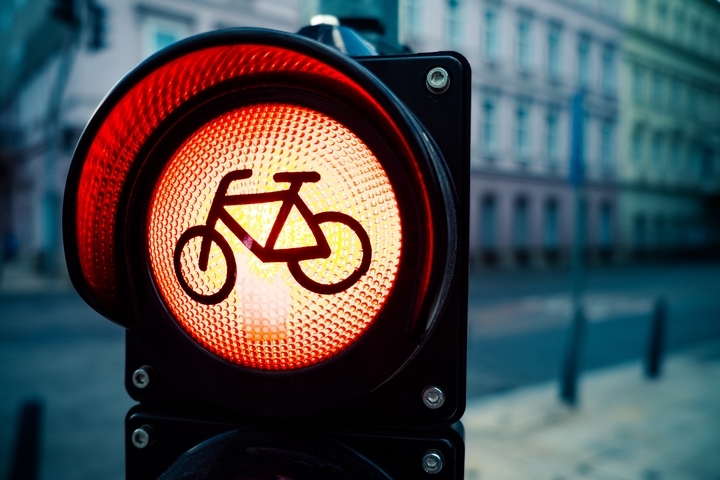
While there may be an opportunity to avoid regular daytime transportation laws, it is in your best interest not to. This is due to the fact that, despite the appearance of less traffic on the road being low, the volume of traffic can quickly pick up. As such, you never want to risk cycling at an irrational rate during the night, especially when taking routes you aren’t familiar with!
Tip #7: Go night cycling with others
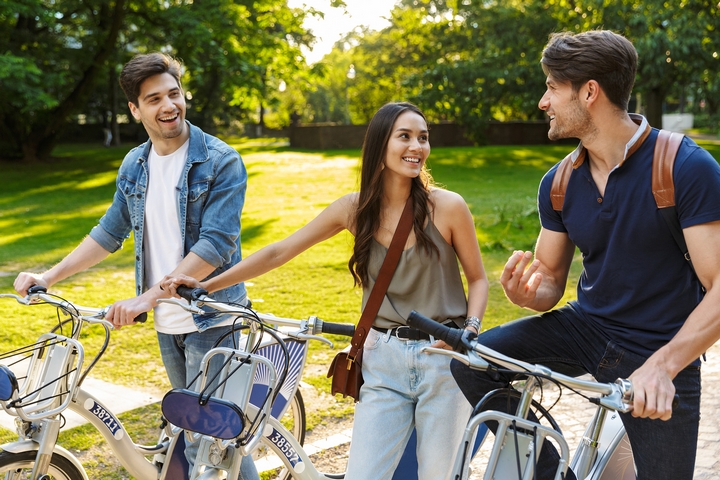
Not only does riding in a group make the experience more fun, cycling at night ensures that help is always available if needed. Should your bike’s mechanical setup fail, or if you begin to feel sick from the ride, a partner should be able to assist you with the respective issue. Safety in numbers is a timeless piece of advice, and is especially true when riding your bike during the night.
Tip #8: Always remain vigilant about cycling safety
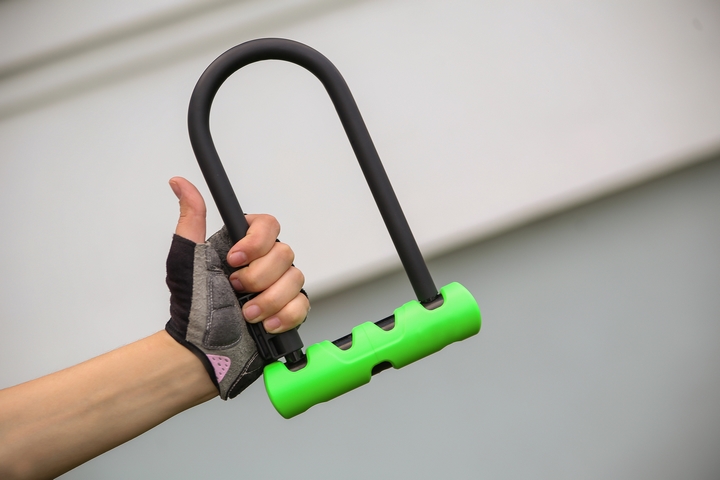
Even after your night cycling has been successfully completed, ensure that your bike is properly secured. This entails securely locking it away, as many thefts of bikes occur in the late evenings and early mornings. Don’t let the high of a great ride run out simply because your bike becomes stolen!
Once these steps have been followed, the last tip is to enjoy the overall ride. Cycling during the night is an exhilarating exercise, and offers a completely different exercise when contrasted to daytime riding. Stay alert, stay safe, and have fun!
